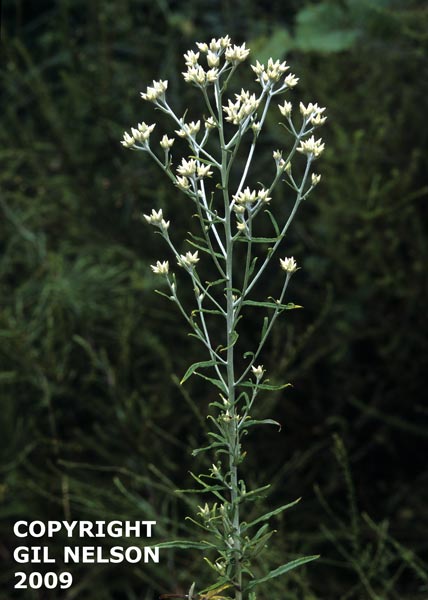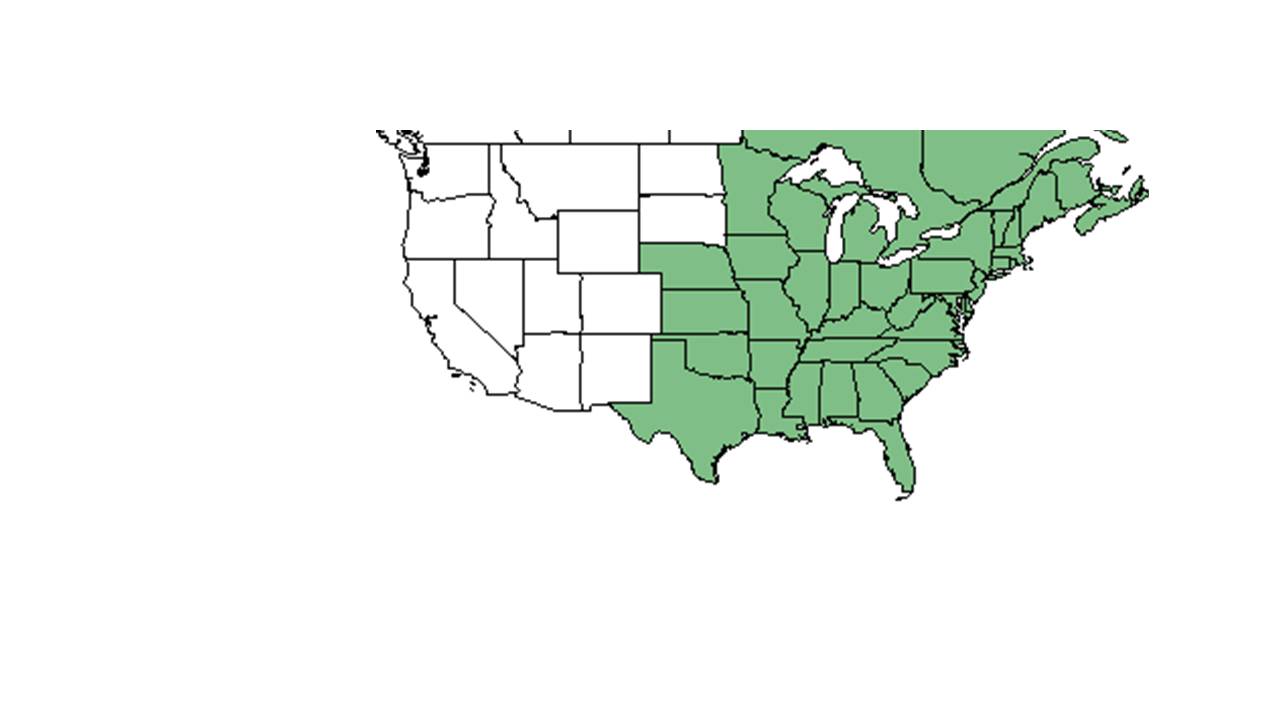Pseudognaphalium obtusifolium
| Pseudognaphalium obtusifolium | |
|---|---|

| |
| Photo taken by Gil Nelson | |
| Scientific classification | |
| Kingdom: | Plantae |
| Division: | Magnoliophyta – Flowering plants |
| Class: | Magnoliopsida – Dicotyledons |
| Order: | Asterales |
| Family: | Asteraceae ⁄ Compositae |
| Genus: | Pseudognaphalium |
| Species: | P. obtusifolium |
| Binomial name | |
| Pseudognaphalium obtusifolium (L.) Hilliard & B.L. Burtt | |

| |
| Natural range of Pseudognaphalium obtusifolium from USDA NRCS Plants Database. | |
Contents
Description
The common name is Rabbit Tobacco or Sweet Everlasting (Nelson 2005).
Distribution
It is found in medium-sized gaps in a study investigating the interacting effects of overstory removal and ungulate herbivory in a hemlock hardwood forest in Alberta, Michigan (Holmes and Webster 2011).
Ecology
Habitat
It is found on roadsides and disturbed sites, sandhills, and cypress pond margins (Nelson 2005).
An increase in the frequency of P. obtusifolium was observed five to eight years after thinning of a longleaf pine stand (Harrington et al 2011).
Phenology
Seed dispersal
Seed bank and germination
Fire ecology
Pollination
Mark Deyrup at Archbold Biological Station observed these Hymenoptera species on Pseudognaphalium obtusifolium
Sphecidae: Cerceris blakei
Use by animals
Diseases and parasites
Conservation and Management
Cultivation and restoration
Photo Gallery
References and notes
- Nelson, Gil. East Gulf Coastal Plain Wildflowers. A Field Guide to the Wildflowers of the East Gulf Coastal Plain, including Southwest Georgia, Northwest Florida, Southern Alabama, Southern Mississippi, and Parts of Southeastern Louisiana. Guilford, CT: Falcon, 2005. 115. Print.
- Harrington, T. B. 2011. Overstory and understory relationships in longleaf pine plantations 14 years after thinning and woody control. Canadian Journal of Forest Research 41: 2301-2314.
- Holmes, S. A. and C. R. Webster 2011. Herbivore-induced expansion of generalist species as a driver of homogenization in post-disturbance plant communities. Plant Ecology 212: 753-768.